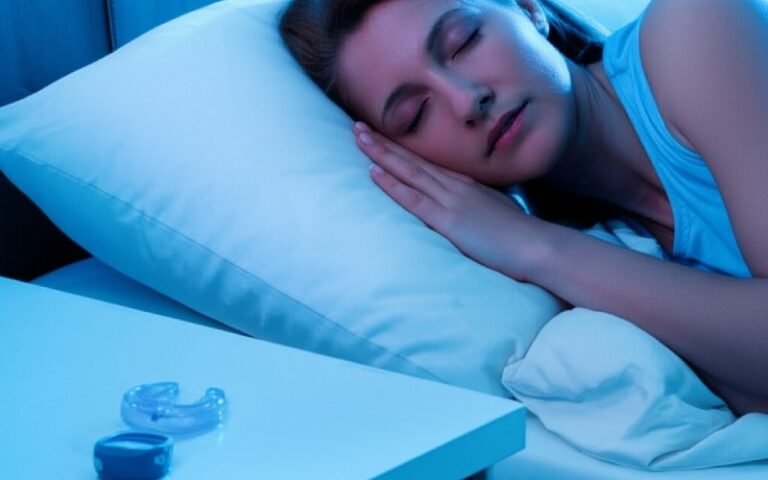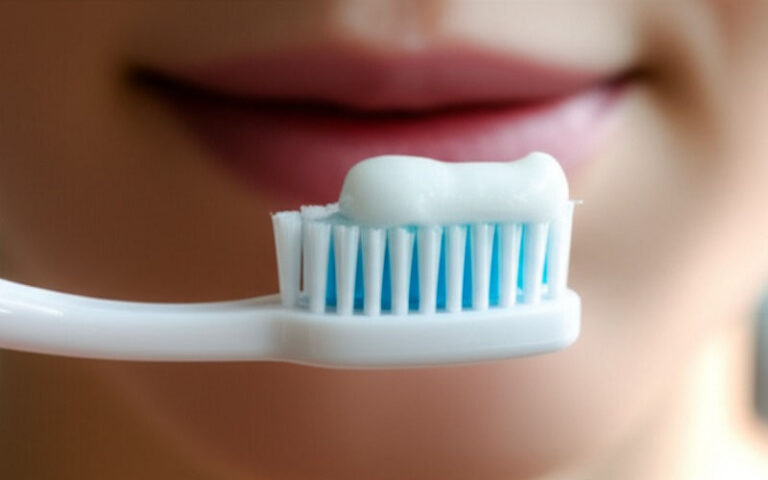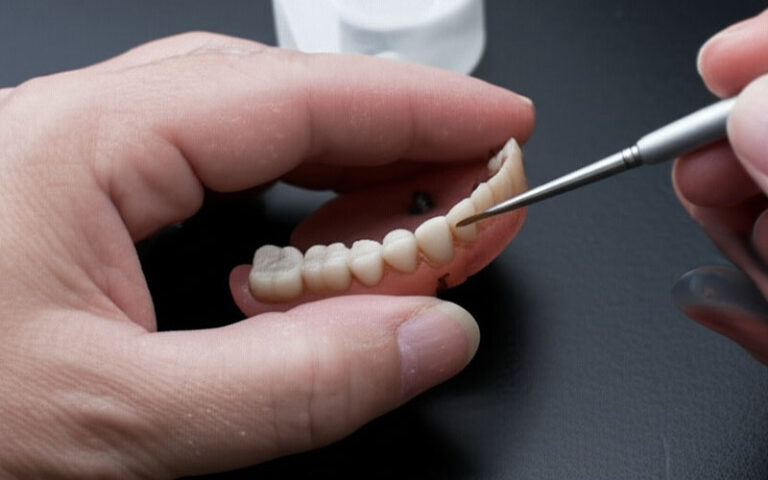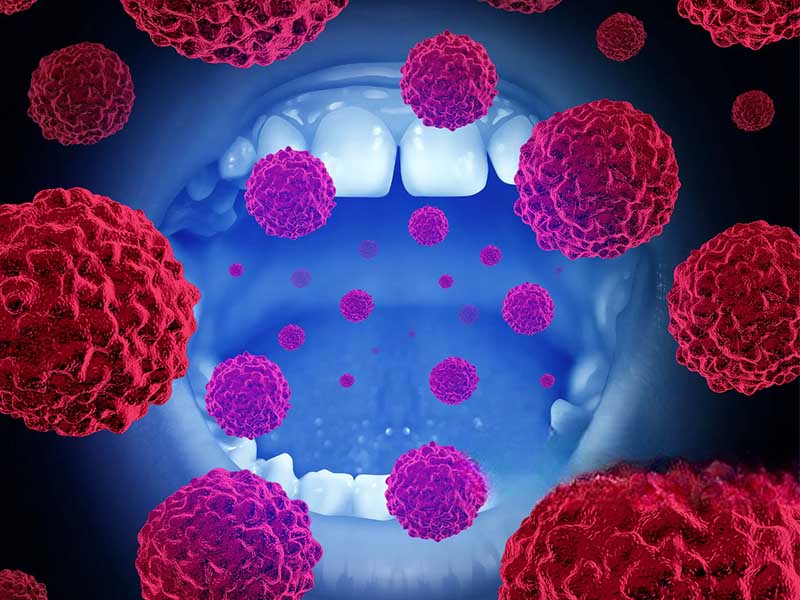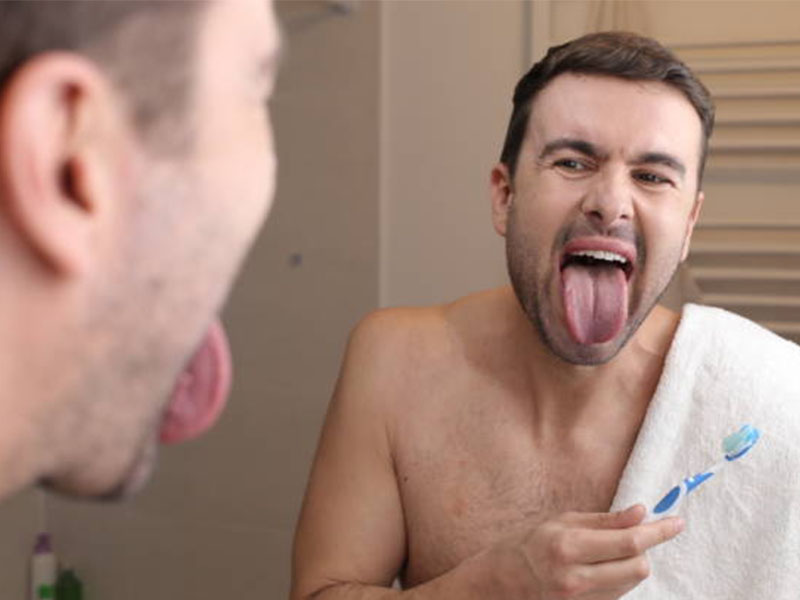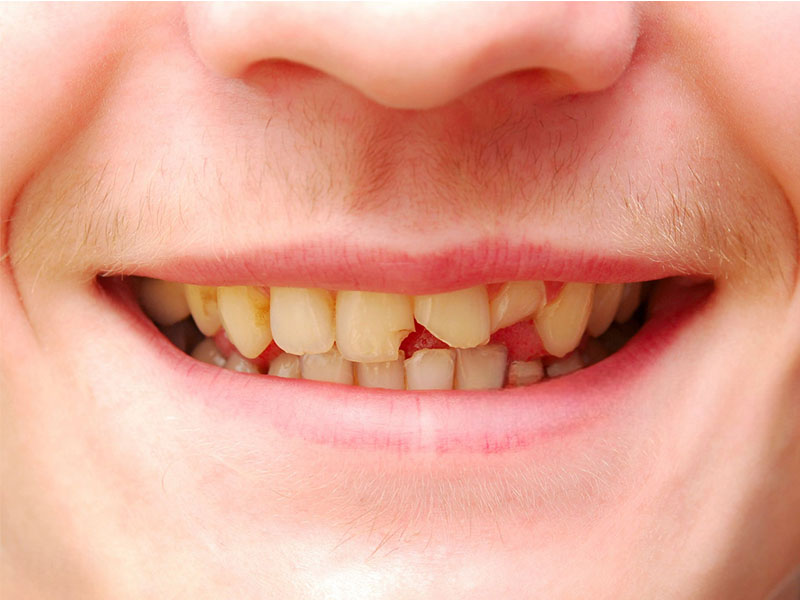
The Complete Guide to Dental Anesthesia Needles and Syringes: What You REALLY Need to Know
Ever wondered how your dentist gets your mouth numb so perfectly before fixing a cavity or pulling a tooth? Maybe you’ve heard about “local anesthetic needles” and thought, aren’t they all the same—are tiny needles less painful? What’s with all those colors, shapes, and those strange-looking syringes?
You’re not the only one curious about this stuff. If the idea of getting “the shot” at the dentist makes you nervous, or if you just want to know what happens in the background, you’re in the right place! Dental anesthesia is a big deal in modern dental care. But the gear—needles and syringes—can seem scary or confusing if you don’t really know what they’re for or why dentists pick certain ones.
Let’s break it all down, step by step, so next time you’re in the dental chair, you’ll feel confident, clued-in, and maybe even a little impressed.
Table of Contents
Why Local Anesthesia Is So Important in Dentistry
Millions of people get dental care every year, and almost all of them need one of dentistry’s best tricks: local anesthesia. Maybe you’re thinking, can’t I just tough it out? The thing is—dentistry would be much harder (and way less pleasant) for everyone without numbing your mouth first. Local anesthetics let you get care with no pain or worry, and your dentist can work faster and more carefully.
Bottom line: Local anesthesia is like the superhero of modern dentistry. It makes tough stuff simple.
Getting to Know the Tools: Syringes, Needles, and Cartridges Explained
Let’s peek into your dentist’s toolbox—also called the “armamentarium.” Here’s what’s inside:
The Dental Syringe: Careful Control
Think of the dental syringe as the dentist’s delivery van. It’s made to push the numbing medicine right where it’s needed. The one they use most is called the breech-loading, metallic, aspirating syringe. Sounds fancy, but “aspirating” just means your dentist can pull back to see if the needle is in a blood vessel before giving you the medicine.
Parts of a dental syringe:
- Harpoon: This lets the dentist pull back and check where the needle is.
- Thumb ring and finger grip: This gives a steady hold.
- Cartridge barrel: Where the medicine goes.
Some smart folks out there (thanks, Harvey Cook!) came up with modern cartridges to make the whole process safe and easy.
Dental Needles: The Hard Workers
Not all needles are the same! There are different sizes, but the differences are about more than just looks.
- Gauge: Lower numbers (like 25) are thicker; higher numbers (like 30) are thinner. Thicker needles don’t mean more pain—how the dentist works matters more!
- Length: “Long” needles are used for deeper spots; “short” ones are for nearby, smaller areas.
- Bevel: The slanted end lets the needle slide in easier.
Did you know: Needle colors usually follow a standard so dentists can tell them apart—yellow for 27 gauge, red for 25 gauge, and blue for 30 gauge.
Anesthetic Cartridges (Carpules): Little Tubes of Medicine
This is a little glass tube filled with numbing medicine. Sometimes dentists call it a “carpule”—that’s just a small sealed tube with meds inside.
What’s inside?
- Lidocaine, articaine, mepivacaine: These numb your nerves.
- Epinephrine: Helps the numbness last longer by tightening blood vessels. (It’s very safe for most people.)
- Sodium bisulfite: Keeps things fresh inside.
- The ends are closed with a tiny rubber plug and a metal cap.
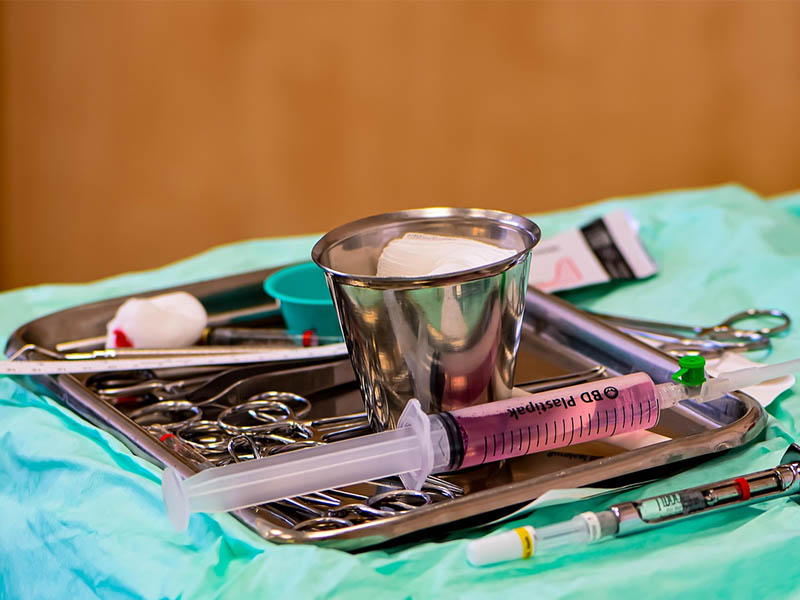
How Your Dentist Chooses the Right Needle (And Why)
Dentists need to think about a lot—always to get you numb, not sore.
Needle Gauge: Is Smaller Always Better?
If you think thinner needles always hurt less, you’re not alone! But studies have found that 25 gauge and 27 gauge needles feel about the same to patients (Malamed et al., JADA). The dentist’s skill matters more than the needle’s size.
- Thicker (25g): Best for blocking nerves deep inside (for numbing your whole lower jaw).
- Thinner (30g): Used for numbing smaller places—not a good pick for deep numbing.
Why not just use the thinnest needle all the time?
- Skinny needles like 30g can bend too much and miss the target.
- They don’t work as well for “pull-back” tests, which can be risky.
Bottom Line: Trust your dentist to pick what’s safe and works best for what you need.
Needle Length: Not Every Job Is the Same
- Long needle (about 32 mm): Used for deep numbing, such as the lower back teeth.
- Short needle (about 20 mm): For numbing spots closer to the surface, like the upper front teeth.
Safety tip: A dentist never puts the needle in all the way to the base. That way, they have a safe amount left outside if something odd happens.
Bevel Orientation: Easier Glide, Less Pain
The slanted end of the needle, or the bevel, is set so your dentist can slide the needle in gently.
Easy rule: “Bevel to bone”—the slant faces your jawbone, which makes it smoother and hurts less.
What Happens During an Injection: Step-by-Step
Worried about the numbing shot? Knowing what happens can make it much less scary. Here’s what you can expect:
- Numbing Gel Before the needle ever touches your gum, your dentist puts a gel that numbs the spot. It feels cool and takes the sting away.
- Tool Check They make sure the syringe, needle, and medicine are all clean and fresh.
- Loading the Cartridge The dentist pops the little tube of medicine into the syringe, just like putting batteries in a remote.
- Attaching and Checking the Needle The needle gets screwed on the front. The dentist checks it to make sure it’s straight and perfect.
- Getting Ready With a mirror and careful hands, your dentist lines up the shot, gently pulling your cheek or stretching your gum. This actually helps!
- The Injection: Slow and Gentle The dentist slides in the needle, nice and slow. Going slowly helps you feel less pain.
- Aspiration: Quick Safety Test Before they push in the medicine, they pull back on the plunger to make sure they’re not in a blood vessel. This is a must for safety!
- Giving the Anesthetic They push the medicine in at just the right speed. Some dentists use high-tech gadgets (like The Wand) to make it almost painless.
- Recapping and Tossing Out the Needle When they’re done, the dentist puts a cap over the needle using one hand (to avoid accidents) and throws it out safely.
Still worried? Tell your dental team—they have extra ways to help scared patients, like slower shots or fancy tools that use computers.
Safety, Comfort, and What If Something Goes Wrong
Dentists care a lot about keeping you safe. Here’s what you should know about stopping problems before they start and what they do if something weird happens.
Stopping Needle Injuries and Breaking
- Needle breakage is very rare. If it happens, it’s almost always because a thin needle (like 30 gauge) was put in too deep or bent.
- Dentists don’t push a needle all the way in.
- Needles are never used twice; you always get a brand-new one.
Common (Small) Side Effects
- Mild soreness or swelling: This can happen, like with any shot. It’s usually gone in a couple days.
- Numbness that lasts longer than you expect: Pretty rare, but nerves can stay “sleepy” for hours.
- Small bruises (hematoma): If the needle hits a tiny blood vessel, you might get a bruise. Ice helps.
Rare Problems (And What Dentists Do)
- Trismus (jaw stiffness): Jaw muscles may feel sore or stuck. Warm packs and gentle jaw movements help.
- Paresthesia (tingles or numbness): If a nerve is touched, you might have tingling for a day or more, but it almost always goes away.
- Needlestick injuries: If someone on the dental team gets poked, they follow strict rules from the CDC and OSHA.
If you notice anything weird after a dental shot (like dizziness, swelling, or itching), tell your dentist right away. Major reactions are very rare and are handled quickly.
Handling Fear: Afraid of Needles? (Trypanophobia)
If needles make you cringe, you’re not alone—lots of adults feel the same. Dentists can help by:
- Using things to distract you
- Numbing sprays or gels
- Giving the medicine extra slow
- Using computer gadgets to give the shot
Speak up if you’re nervous—your dentist wants to help.
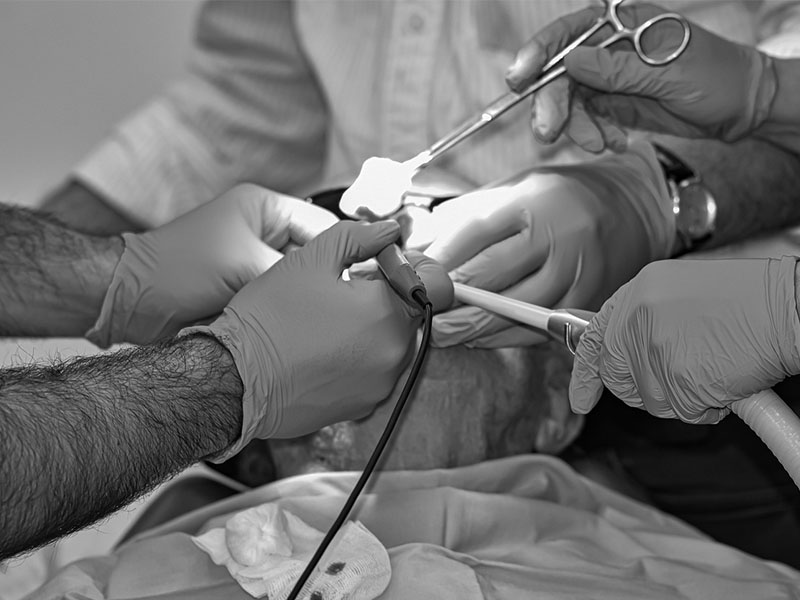
The Cool Future of Dental Anesthesia
Dentistry keeps getting better! Here’s what’s new and what might be coming soon.
Computer-Controlled Shots
Ever heard of The Wand? It looks more like a pen than a needle. It gives the numbing medicine so slowly and carefully, you almost can’t feel it—especially handy for tough spots like the roof of your mouth.
- Good things: Less pain, less freak-out time, and better numbing where it’s needed.
- Great for: Kids, anyone scared of needles, or anyone who just wants the easiest shot possible.
Better-Tasting and Faster Numbing
Dentists can “buffer” (change the pH) of medicine to make shots hurt less and work quicker. That little change can make a huge difference, especially if you hate the sting.
Making Numbness Wear Off Sooner
Wish you could get back to normal faster? Medicine like Phentolamine Mesylate (OraVerse) can help the numbness go away sooner, so you can eat and talk again right away.
Safer and Greener Tools
Dentists are getting new “safety syringes” and ways to cover needles to keep everyone safe. More clinics are switching to eco-friendly tools too.
Frequently Asked Questions (FAQ)
Q: Does a bigger (25g) needle hurt more than a tiny (30g) one?
Nope! Studies say that what matters most is how slow and careful your dentist is. Needle size is picked for safety and how well it works, not how much it might hurt.
Q: How often does my dentist check for blood when numbing me?
Almost every time, especially for big numbing shots. This step keeps you safe from having medicine go into a blood vessel.
Q: Can my dentist use the same needle for different shots?
Never for different people. For you, if you need a lot of shots, they usually switch to a fresh needle each time—keeps everything clean and sharp.
Q: What if I’m allergic to the numbing stuff?
True allergies are pretty rare, but if you’ve ever had a bad reaction (like hives or trouble breathing), tell your dentist right away! There are other choices for almost everyone.
Q: How long does being numb last?
It depends on what medicine and where—usually 1 to 4 hours.
Takeaways: What Should You Remember?
Let’s make it simple:
- Dental needles and syringes are safe, accurate, and made for your comfort.
- Needle size doesn’t mean more pain—how your dentist works is what matters.
- Dentists have rules (like checking before giving the shot and tossing needles) to keep things safe.
- Scared? Say so! Gentle hands and smart tools make a big difference.
- New tech brings more comfort, faster recovery, and less time feeling numb if you want.
Tips for Your Next Dental Visit
- If you’re curious, ask your dentist what kind of needle or trick they’re using.
- Tell them about any old reactions before you get any shots.
- Talk over your numbing choices—including new, cool gadgets if you want.
Your Roadmap to a Healthier, Happier Smile
Dental shots can be scary, but now you know it’s not magic—it’s science and care. Your dentist’s main goal is always to keep you comfortable and safe. The more you know about it, the more in control you’ll feel—and that’s worth smiling about.
Remember: Any questions or worries? Just ask. Knowing more helps you and your dentist make good choices for you.
Reviewed and approved by Dr. Jane Doe, DMD, ADA Member
Sources:
- American Dental Association (ADA)
- Centers for Disease Control and Prevention (CDC)
- Stanley Malamed, Handbook of Local Anesthesia
- Journal of the American Dental Association (JADA)
- OSHA Guidelines
For more info or to talk about your numbing choices, give your local dentist a call. They’re happy to talk, no matter how small your question!

